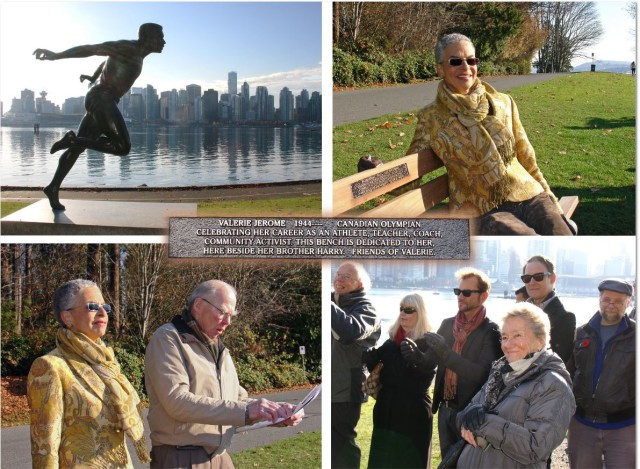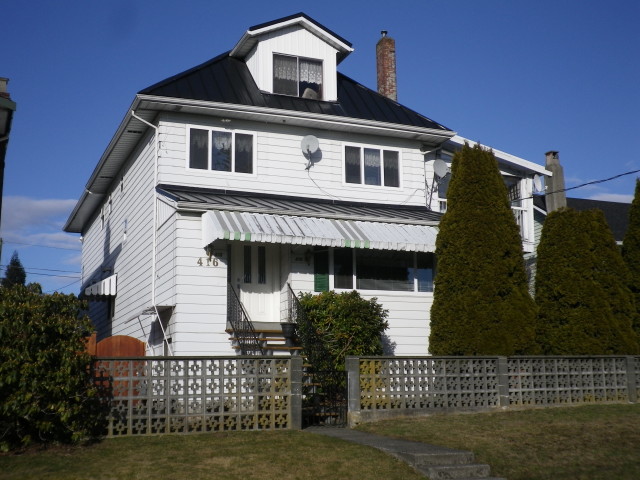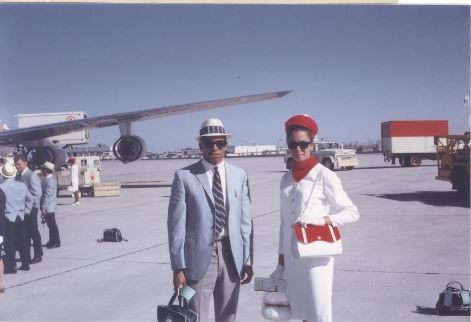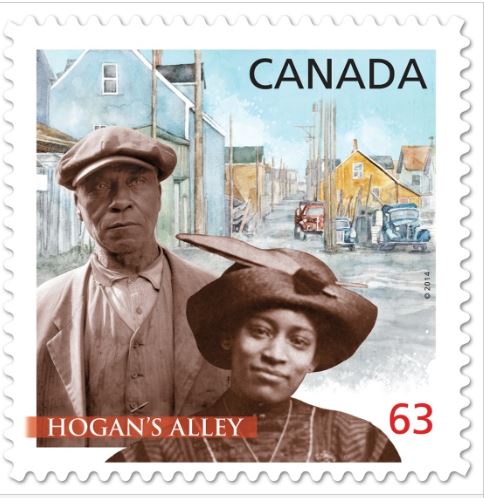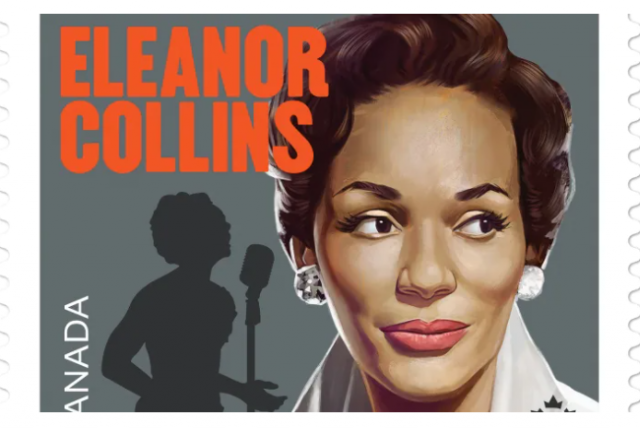Joe Fortes arrived in Vancouver in 1885 and quickly became one of the city’s most loved citizens. As our first official lifeguard and Beach Avenue resident, he saved dozens of lives.
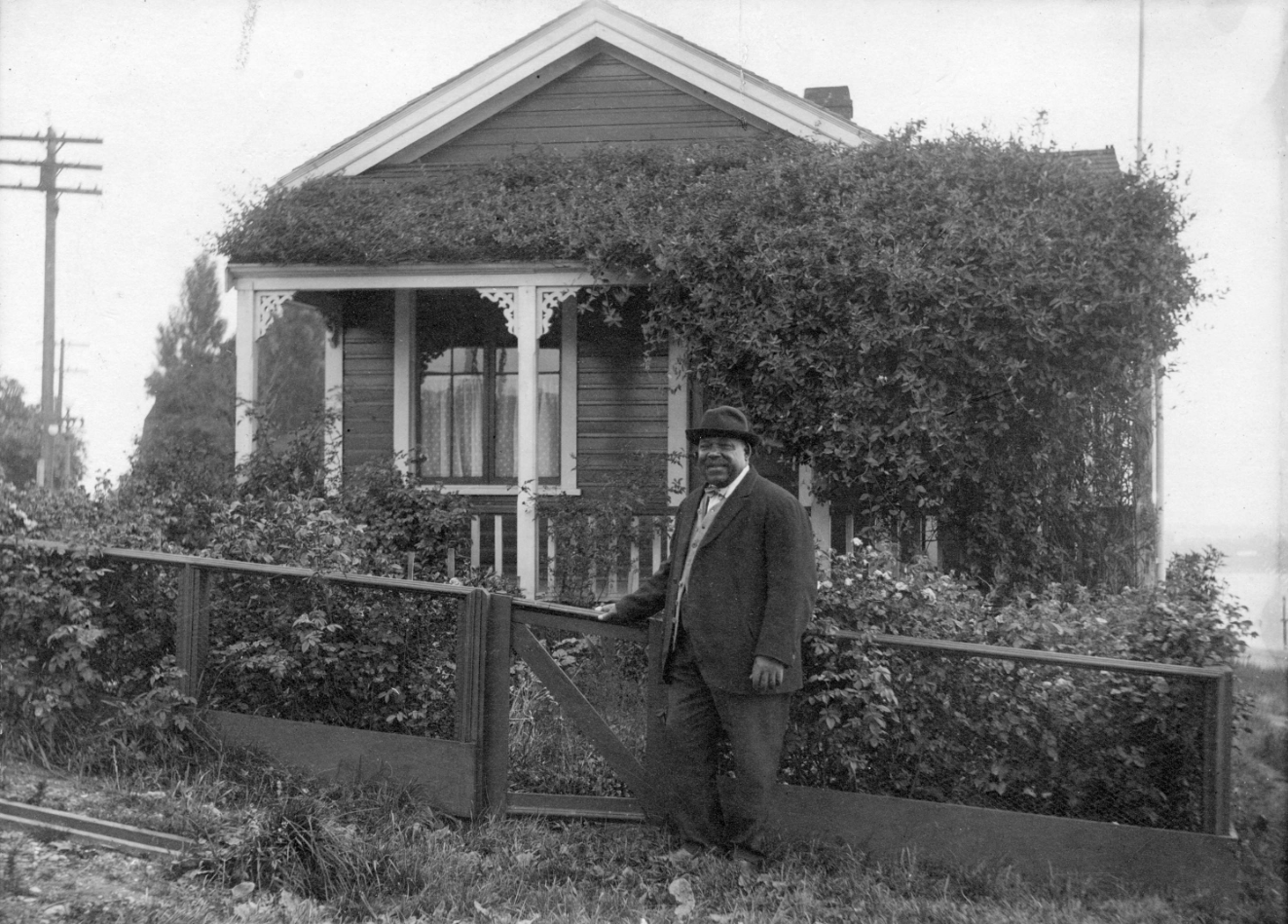
This story is excerpted from: Vancouver Exposed: Searching for the City’s Hidden History.
Joe Fortes:
In 1904 Joe Fortes was living in a sweet little cottage at the foot of Gilford, right by where the Sylvia Hotel is today. When he heard that the city wanted to rid the water side of homes, he got permission from the mayor to put his home on skids and move it three blocks down the beach to the foot of Bidwell.
Two decades earlier Joseph Seraphim Fortes jumped ship in Burrard Inlet and decided to settle in Vancouver. He was a porter for a time, but after Vancouver burned to the ground in 1886, he started to teach kids to swim in English Bay—hundreds and hundreds of them. Twenty-nine is the official number of lives he saved, but the unofficial number is estimated to be closer to a hundred.
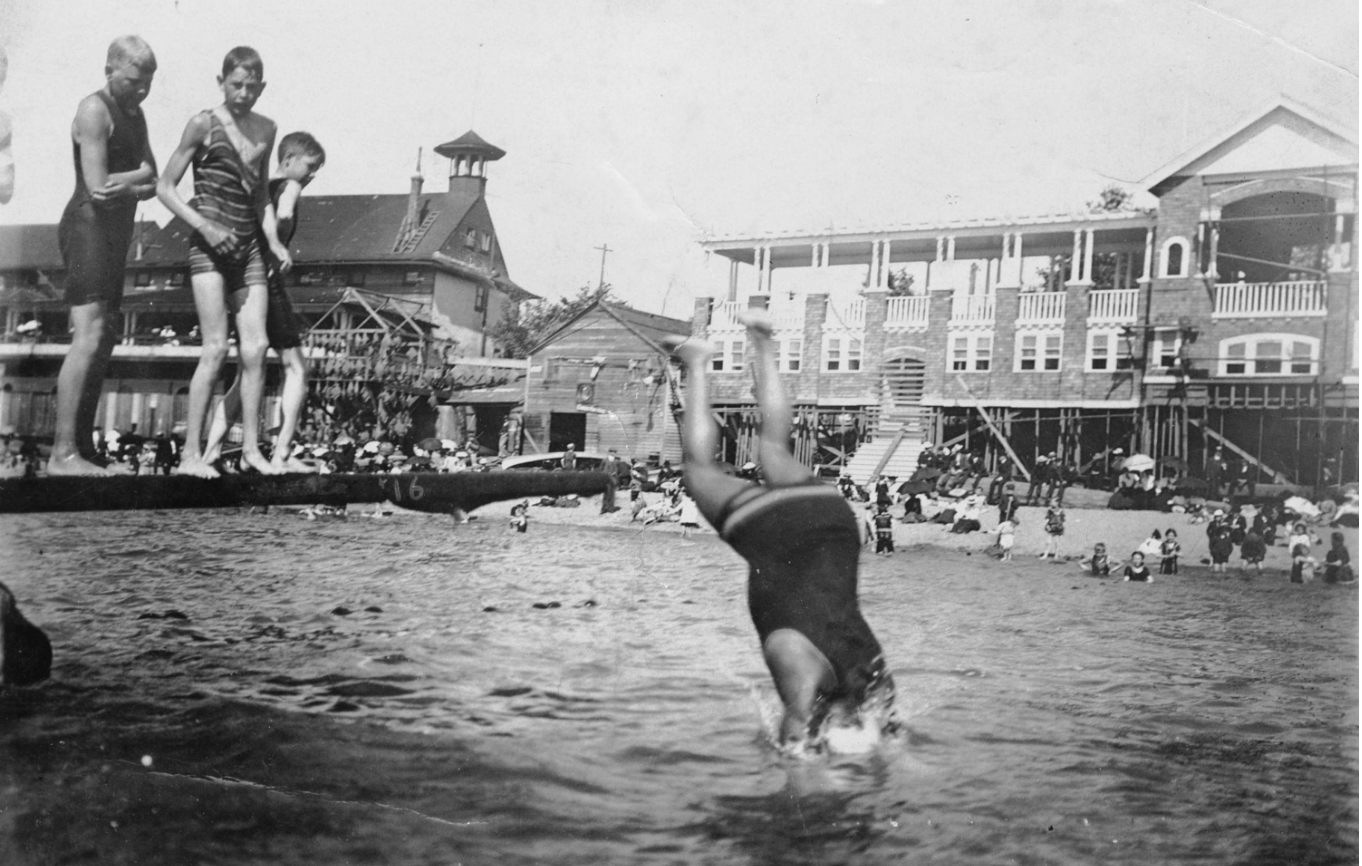
Joe’s Beach Avenue Cottage:
Joe lived in his little cottage by the water until his death on February 4, 1922. He was 57.
Instead of moving his former home across the street to Alexandra Park where it could become a repository for black history in Vancouver, for Joe Fortes, and for the houses that once dotted the water side of Beach Avenue, we burned it to the ground—the standard practice for demolition in the ‘20s.
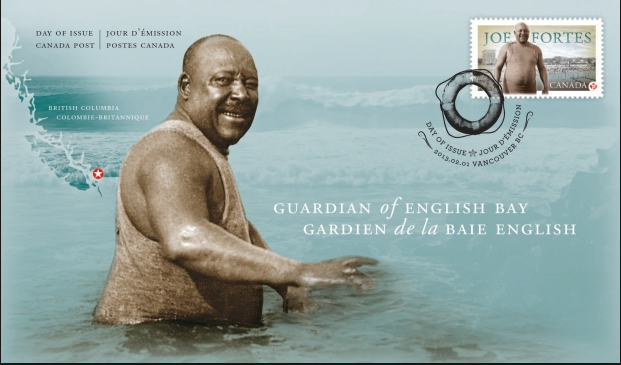
“Our friend Joe’s” funeral was held at Holy Rosary Cathedral, and it was the most heavily attended in the history of Vancouver with thousands of people spilling outside the packed church.
In 1927, the people of Vancouver–many of them children–raised $5,000 (the equivalent of about $70,000 today) to build a memorial fountain in his honour. The fountain was sculpted by Charles Marega, one of the most interesting and prolific artists that you’ve probably never heard of, and inscribed with the words “little children loved him.”
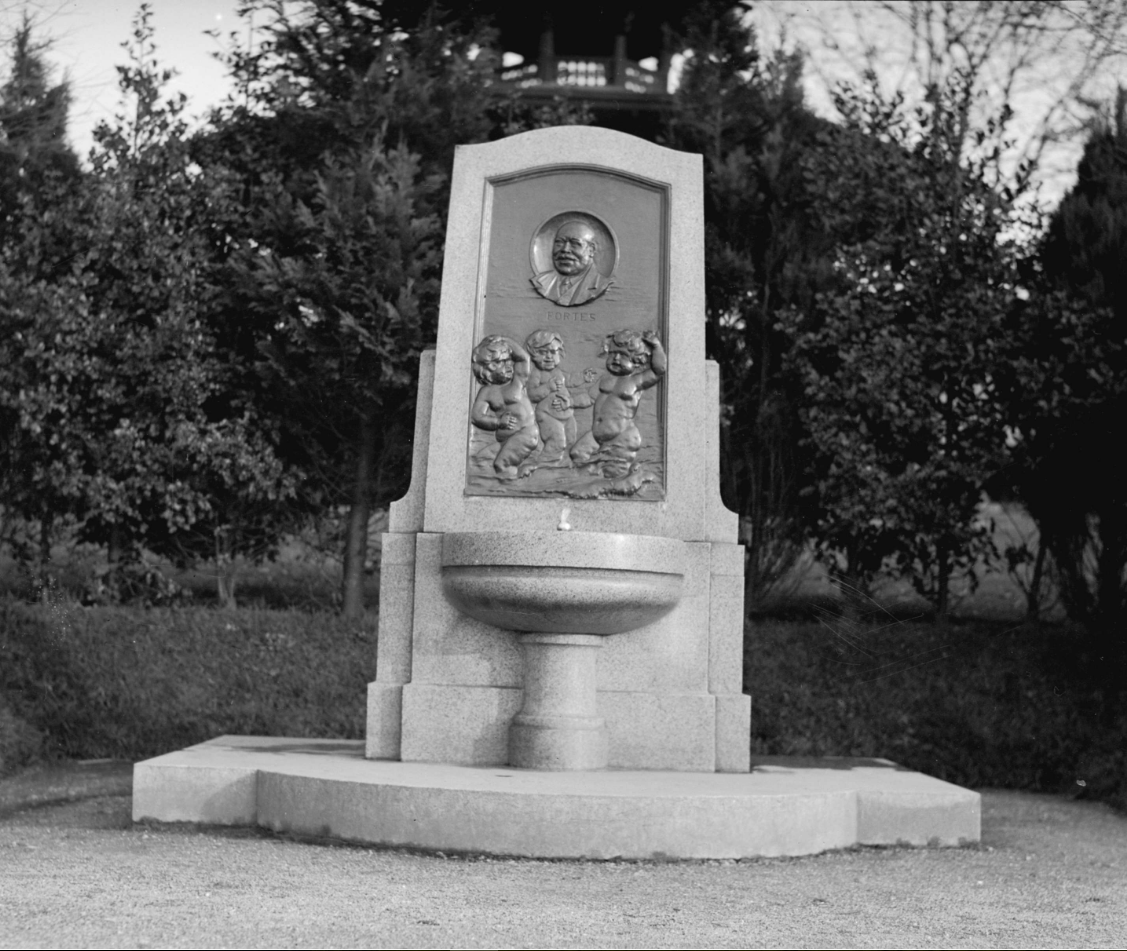
Joe’s legend continues to carry on almost a century after his death.
Joe has a seafood restaurant named after him, and a library. In 1986, the Vancouver Historical Society named him “Citizen of the Century,” and in February 2013 he was honoured with a stamp on the 150th anniversary of his birth.
Related: A superb National Film Board animation short about Joe produced in 2002
© All rights reserved. Unless otherwise indicated, all blog content copyright Eve Lazarus.



